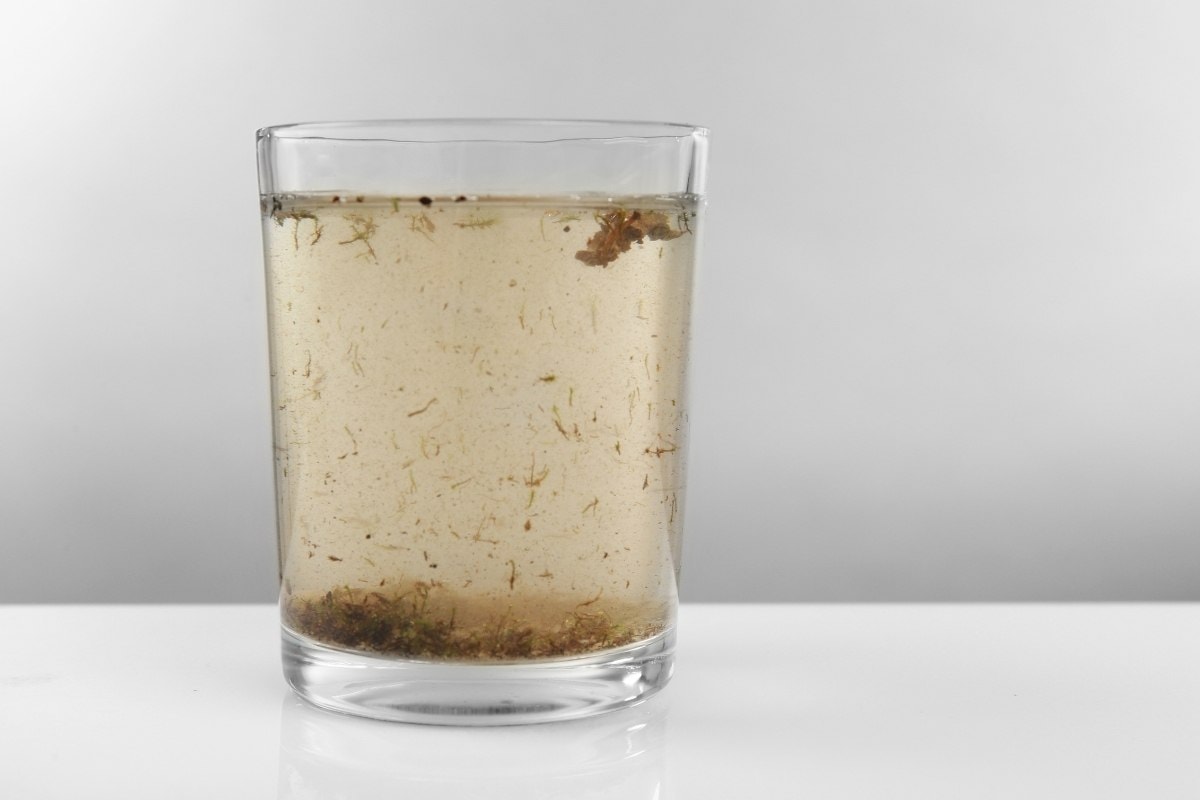Iron contamination is a common water problem. Iron belongs to the group of nuisance water contaminants and is non-health threatening, so its removal is not prioritized. Although iron contamination has no direct effect on health, to say that it is harmless is dangerously misleading.
Most people only use water filter for iron when the taste of the water gets too bad to drink. Many do not know of the other problems resulting from iron contamination. Iron contamination has consequences that justify the use of water filters for iron.
Awful Color and Bad Odor
The presence gives water an awful flavor and odor that makes it difficult to stomach. This makes it difficult for people to drink the recommended amount of water needed to stay healthy. The change in flavor and odor also has an impact on the quality of prepared food, ruin clothes, discolor ceramic tableware, and leave ugly marks on kitchen fixtures.
Damage Water Appliances
Iron contamination can cause damage on water appliances. The iron particles in the water can bond with other substances and form soil buildups that can block pipes and other water passages. The blockage can cause problems with pressure and insufficient water supply to components. The chances of pipes bursting are increased. Water heating components could overheat due to insufficient water supply.
Corrosion is another problem caused by iron contamination. The components that hold or come in contact with water are made of rust-proof material or coated with anti-corrosion coating. Iron oxide can make water corrosive even against the rust-proof material. The free particles can also cause physical wear on the anti-corrosion coating. Water appliances like dishwashers and water heaters can break down faster also due to corrosion. Having these appliances break down can be very troublesome and requires costly repairs.
Iron contamination also hastens the degradation of metal water pipes and containers. The degradation of pipes can lead to substances being released into the water. The presence of iron in water interferes with treatment processes. Some water treatment processes involve the use of a reactive material. This material reacts with certain contaminants to form less harmful substances that are easier to remove.
The iron particles in the water can react with the reactive material. This causes the reactive material to get used up quickly. It has to be replenished more frequently to make sure that the system is able to function and provide safe water. The end result is that it requires more effort to maintain and increases operating costs.
Use a Water Filter
Iron presence in water is easily detected by tasting the water. But many who have been using iron-contaminated water for a long time get used to the flavor and become unable to distinguish the problem. A water analysis is needed to identify the problem.
Iron contamination can be fixed through the use of water softener and ion exchange resin. Both processes involve chemical reactions. Before employing these treatments, it is important to conduct a water analysis to figure out the exact qualities of the water since iron contamination is often accompanied by other minerals that may require removal.









